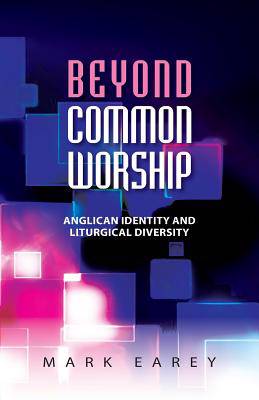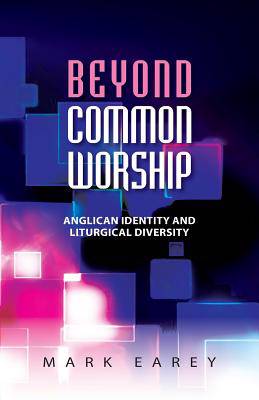
Je cadeautjes zeker op tijd in huis hebben voor de feestdagen? Kom langs in onze winkels en vind het perfecte geschenk!
- Afhalen na 1 uur in een winkel met voorraad
- Gratis thuislevering in België vanaf € 30
- Ruim aanbod met 7 miljoen producten
Je cadeautjes zeker op tijd in huis hebben voor de feestdagen? Kom langs in onze winkels en vind het perfecte geschenk!
- Afhalen na 1 uur in een winkel met voorraad
- Gratis thuislevering in België vanaf € 30
- Ruim aanbod met 7 miljoen producten
Zoeken
€ 23,95
+ 47 punten
Omschrijving
The introduction of Common Worship services in the Church of England has gone remarkably smoothly, considering the immensity of the task. But despite its overall success, the sheer variety of material, coupled with the complex rules about what is and is not allowed, have left some parishes, clergy and Readers wondering if this is really the best way to produce good worship. A question such as, 'How do we use Common Worship for a Messy Church service of Holy Communion?' focuses the issue - but it is a question being asked in different ways in lots of different places. In this book, Mark Earey turns to the future, asking whether the framework of canon law, notes and rubrics within which Common Worship operates is any longer fit for purpose. In a mixed economy Church in which fresh expressions of church, alt.worship and new monasticism all sit alongside traditional parish churches, he asks whether it is time for the current rules-based approach to Church of England liturgy to make way for an approach based on trust and accountability. Such an approach would allow for more local flexibility and creativity, but raises big questions about how such worship can be truly indigenous yet authentically Anglican.
Specificaties
Betrokkenen
- Auteur(s):
- Uitgeverij:
Inhoud
- Aantal bladzijden:
- 176
- Taal:
- Engels
Eigenschappen
- Productcode (EAN):
- 9780334047391
- Verschijningsdatum:
- 14/10/2013
- Uitvoering:
- Paperback
- Formaat:
- Trade paperback (VS)
- Afmetingen:
- 140 mm x 216 mm
- Gewicht:
- 213 g

Alleen bij Standaard Boekhandel
+ 47 punten op je klantenkaart van Standaard Boekhandel
Beoordelingen
We publiceren alleen reviews die voldoen aan de voorwaarden voor reviews. Bekijk onze voorwaarden voor reviews.









